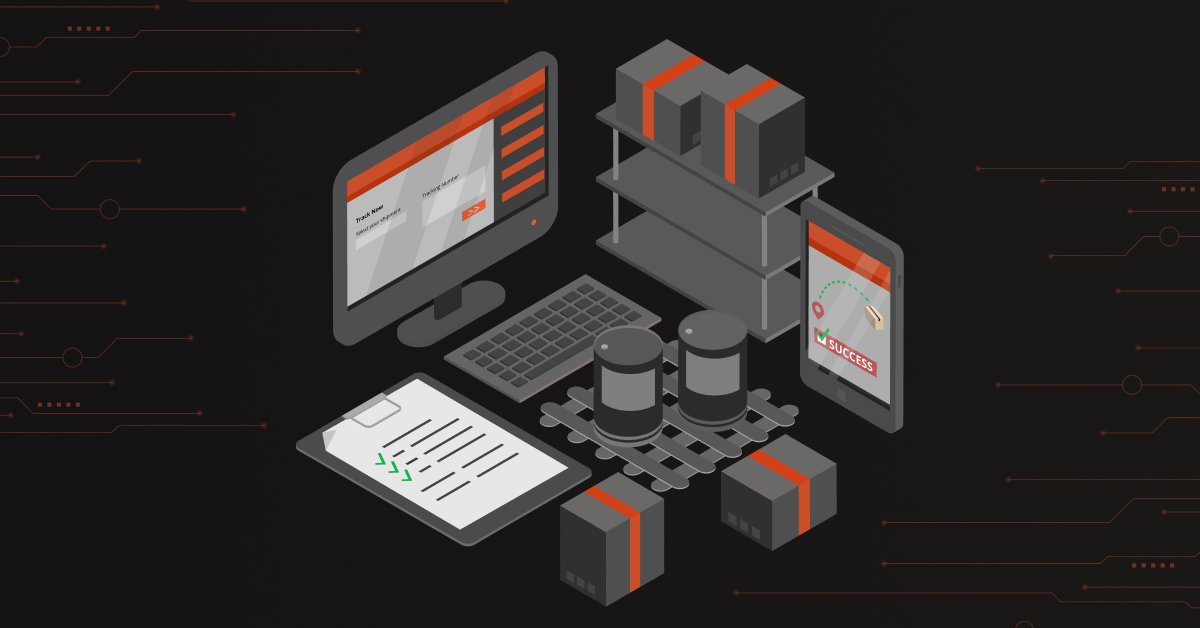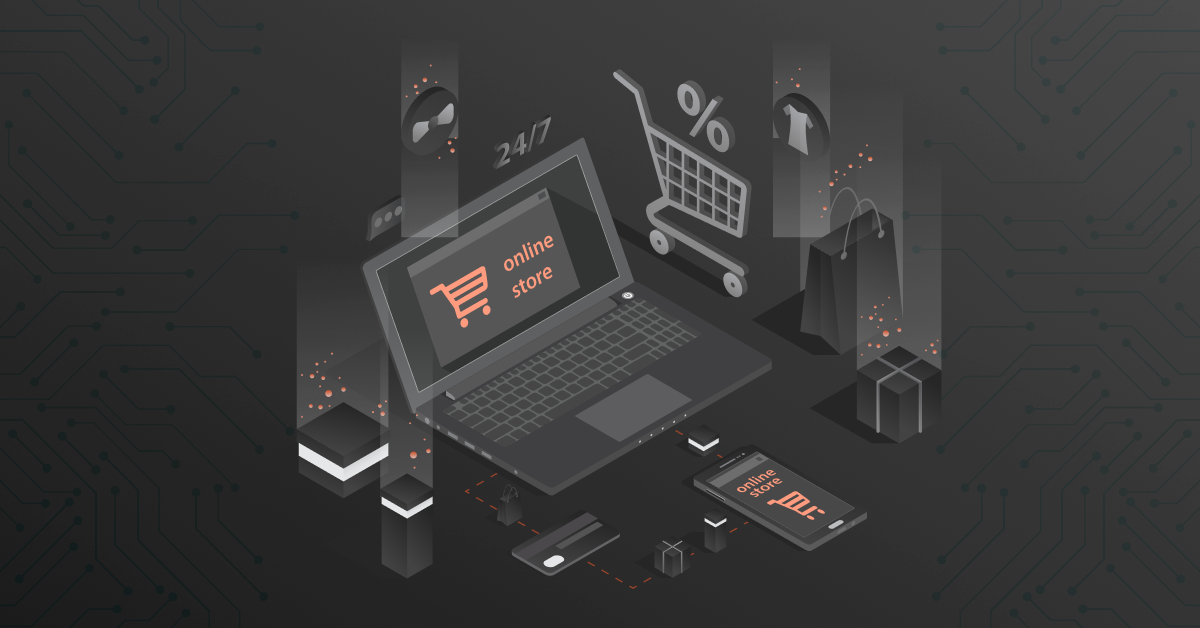Contents
What is PIM?
Product Information Management (PIM) in the simplest sense is the management of Product Information. PIM focuses on maintaining, managing, enriching, and syndicating product information for a company’s product marketing and sales purposes.
An ideal PIM system should be centralized storage for product information that can be channelized to multiple touchpoints. Collection, consolidation, enrichment, and distribution of product content are the key processes that a PIM solution simplifies for e-commerce businesses.
Collection
The product information is usually spread across multiple systems like ERPs, warehouse systems, supplier systems, manually entered spreadsheets, and so on. The collection of product data from various systems of various formats is one of the primary PIM challenges.
Consolidation
As the product data are maintained in multiple places, it is difficult to discern that the available product data is not duplicated. Hence consolidation of the collected data is crucial to create a single source of truth for every product.
Enrichment
Now that the collected data is consolidated, you would want it to look buyable and pleasing to the buyer. Enrichment of product data by adding relevant and detailed descriptions, correct and sufficient images/videos along with related product information like cross-sells and up-sells is another milestone in managing product information.
Distribution
Initiate mapping, export, and channelize product data to various touchpoints.
Now that you know the process of managing product data, further in this blog you will see the challenges, e-commerce businesses face with regard to Product Information Management.
 Manual processes in PIM
Manual processes in PIM
PIM challenges in B2B:
- PIM challenges with integration and data transfers
- PIM challenges with workflows
These major problem statements form the backbone of every other problem. Let’s discuss these B2B PIM challenges in detail.
1. Limitations of legacy systems
B2Bs have information in print catalogs, ERPs, spreadsheets, supplier portals, sales channels like eCommerce platforms, or legacy back-end systems. These systems are built for a specific/range of purpose/s.
- Integrating these systems with a new system or among themselves can become tedious given their limitations.
- Collating information from these sources and channelizing it to different platforms while maintaining the quality of data is burdensome.
- The data in these systems are in different formats (.xls, .csv, JSON, .xlsx), hence interpreting and transferring them from one system to another or from one format to another PIM challenge.
2. Challenges with regular updates
The various systems used for managing product information are built differently and have different features and updates. Keeping up with a number of systems and understanding and implementing their upgrades can be a challenging and time-consuming task.
3. Workload on employees
The organizational processes involved in managing product data can pose problems by themselves. A lot of manual work is still involved in creating and maintaining product databases. This puts immense pressure on your employees to maintain data spreadsheets.
Even worse, if there are bulk edits to be made, it becomes a tedious process. Even if they do it diligently, it is prone to human errors and leads to rework or even lost sales if unnoticed. This leads to frustration and job dissatisfaction in your employees who could otherwise be assigned more efficient jobs with a PIM.
4. Errors due to manual work
Different teams involve different people. They have different capacities and temperaments. With most of their efforts being utilized for data maintenance, they are prone to commit errors. Managing a few hundreds of SKUs is different. But a product with variants and many other products with variants result in combinations of SKUs.
For example, If one product is available in 6 sizes and 6 colors then it will result in storing 36 SKUs for one product. Imagine this for 1000 other products. The work and the errors are unimaginable. This is another PIM challenge in B2B.
 5. Inefficient use of time and resources
5. Inefficient use of time and resources
Maintaining data in traditional methods takes up a lot of time. This causes delays in collating data from all teams. To add to this, if the data sheets are of different formats, curating them and getting them on board is an uphill task.
This results in a delayed time to launch products ultimately resulting in a slower time to market. This inefficient use of time and resources leads to lost sales opportunities.
6. Standardization of data
Standardizing the way your product information is stored and shown can be challenging given the number of products and people involved in it. For example, Setting standards for maintaining, managing, and enriching product data, standards for who does what in the process can be some PIM challenges.
7. Standardization of work processes
A pain point in managing product information is when different people use different systems. People and teams working with multiple systems have different ways of operating leading to inconsistent work processes and results. For example, teams creating product information and distributing it might have varied ways of writing product descriptions.
8. Increased churn rate
Staying up to customers’ ever-evolving expectations in terms of how your products are shown and described is a continuous process. Updating product information as and when any information changes are difficult if too many manual processes are involved which leads to an increased churn rate.
9. Catalog Management
Structuring catalogs with adequate product content, creating user-friendly product descriptions, getting rid of lack-luster product images /digital assets, import/export of product data in various formats are a few more PIM challenges.
10. Integration challenges
Every system has its own data structure. Integrating your backend legacy systems with the data formats of your suppliers, retailers or content providers needs special delegation to developers which requires time and money. You cannot be sure if these legacy systems will be compatible with the other systems you are looking to integrate with PIM. This is another PIM B2B challenge if you’re looking at volumes of data to be managed.
 These challenges are an everyday occurrence for most businesses, but the good news is that they can be overcome with a few good practices in PIM. Read PIM – Best practices for Product Information Management to know how your organization can start managing product information faster and better.
These challenges are an everyday occurrence for most businesses, but the good news is that they can be overcome with a few good practices in PIM. Read PIM – Best practices for Product Information Management to know how your organization can start managing product information faster and better.
Get the updates about Product Information Management for B2B e-commerce directly in your inbox.




